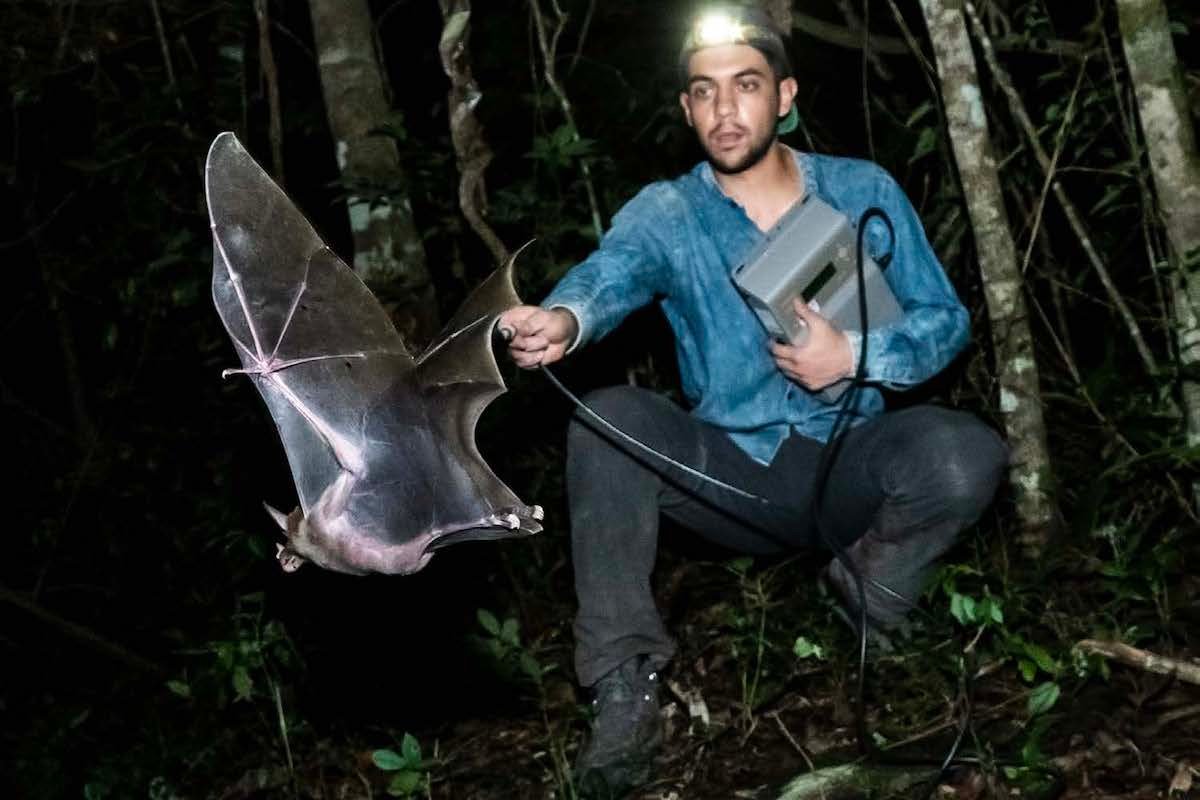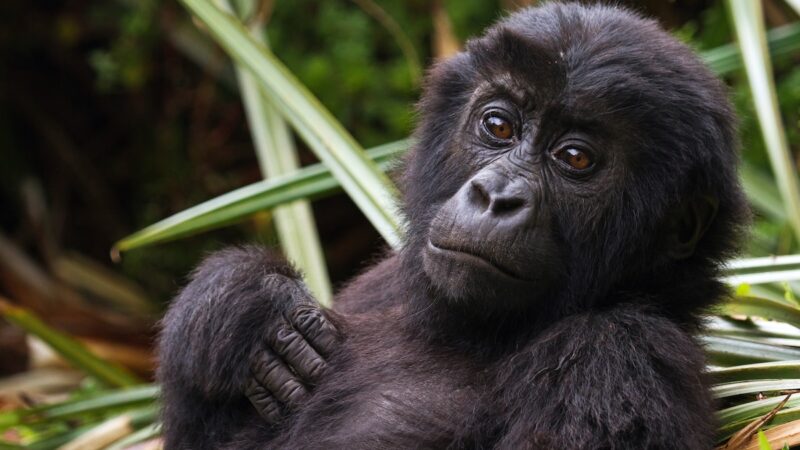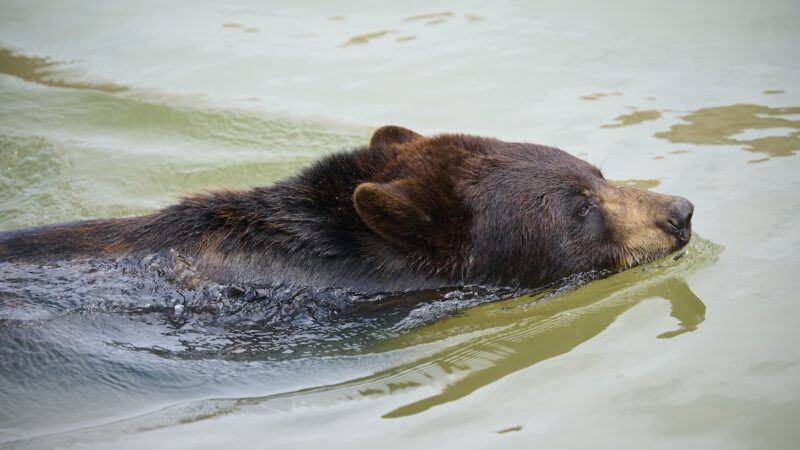Bat Signals: 5 Takeaways From The First-Ever ‘State of Bats’ Report

In the first-ever State of Bats report, experts predict a bleak future for the winged mammals unless steps are taken to mitigate certain threats. According to the report, more than half of the bat species in North America are at risk of severe population decline over the next 15 years because of issues like disease and habitat loss.
The report was published by a Texas nonprofit called Bat Conservation International, and it included research from a number of bat advocacy groups and scientists. Together, they list the complicated issues affecting bat populations, recommend solutions, and explain why we should care. With that said, here are five takeaways from the State of Bats report.
1. 52% of bat species are at risk
According to the report, there are 154 known bat species in the United States, Mexico, and Canada, and 52% of them – or 81 species – could be extinct by 2038.
2. Climate change is the biggest threat…
In the report, experts identify extreme temperatures and drought due to climate change as the biggest threat to bats in North America. The report explains that bats will be unable to reproduce without enough water. And if climate issues continue the way they are, it could hurt 82% of bat species.
3. But not the only threat
The report also says three other issues kill millions of bats per year. These include the deadly fungal disease known as white-nose syndrome; human activities like logging, fire suppression, and ranching near bat habitats; and energy production. That last one is a bit of a curveball given that the specific energy production they’re referring to is the environmentally-friendly wind turbine energy. Still, wind-turbine collisions kill approximately half a million bats each year.
4. Bats help advance scientific research
Bats have a weird relationship with the media as they’re often portrayed as scary or creepy, but they’ve inspired more than just vampire stories. Bats have inspired scientific advancements such as blood-clot medications, navigational aids for the blind, and military sonar.
5. They’re also a natural agricultural tool
The biggest benefit of bats is in agricultural production. There are species of bats that serve as a natural pesticide as they eat bugs and therefore save the agricultural industry billions per year in pesticide costs. Other species pollinate plants like cacti and agaves (for tequila); disperse seeds; and protect forests by eating bugs that harm trees.
How To Help Bats
In the report, experts provide recommendations at the micro and macro levels. For the individual, they suggest prioritizing bat conservation by making climate-friendly choices to reduce carbon footprints; creating and protecting bat habitats, even in your own backyard; and sharing the importance of bats with others.
At a higher level, though, experts say organizations and governments must prioritize protecting bats and their habitats with better research, planning, and legal measures.
“Conservation projects can make the difference between life or death for bats,” said Dr. Winifred Frick, chief scientist at BatCon, in a statement. “People working together, from government agencies to bat enthusiasts, are important players to ensure bats have the attention and protections they need to survive and prosper.”
Source: https://outdoors.com/5-takeaways-from-the-first-ever-state-of-bats-report/






